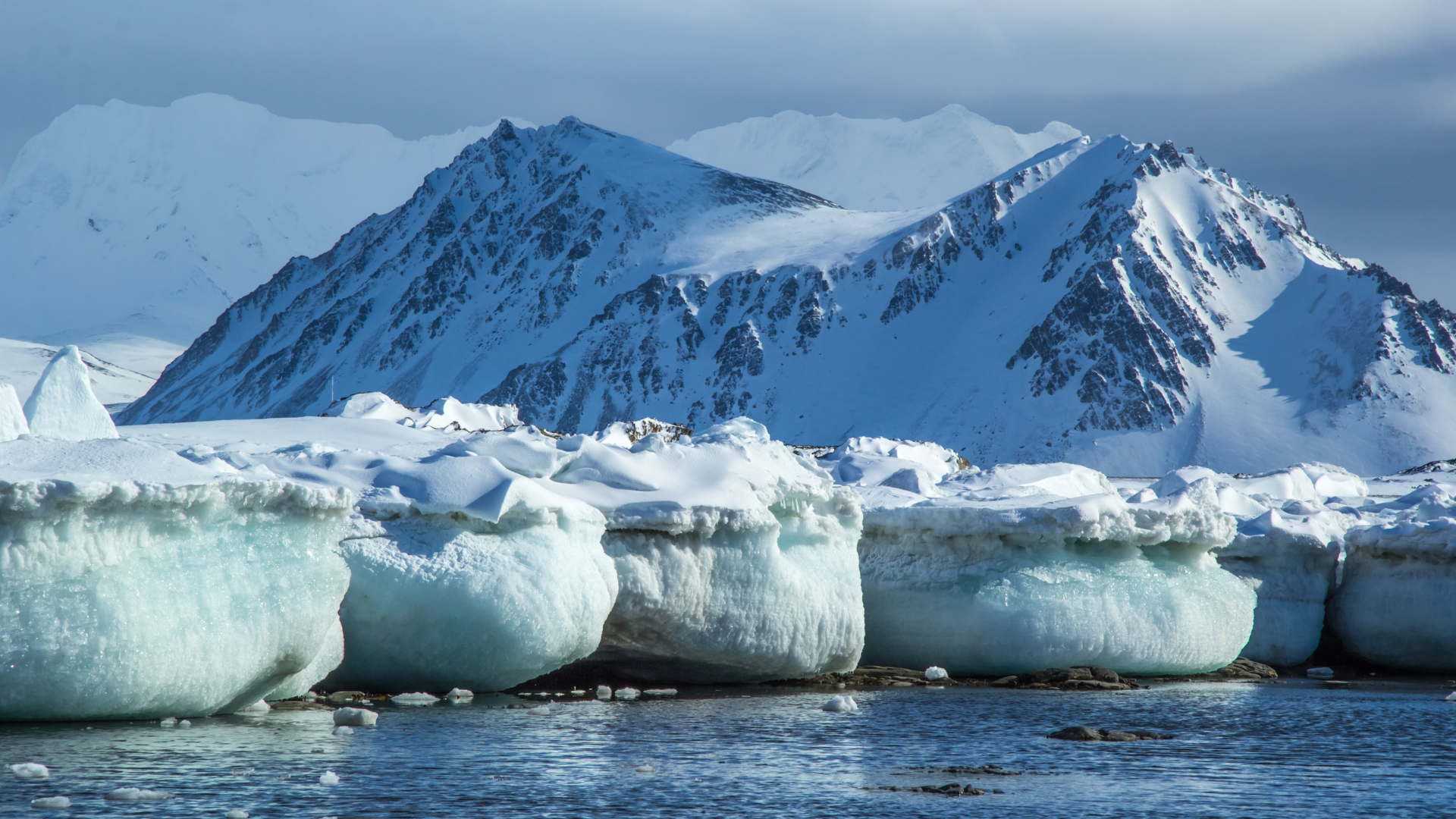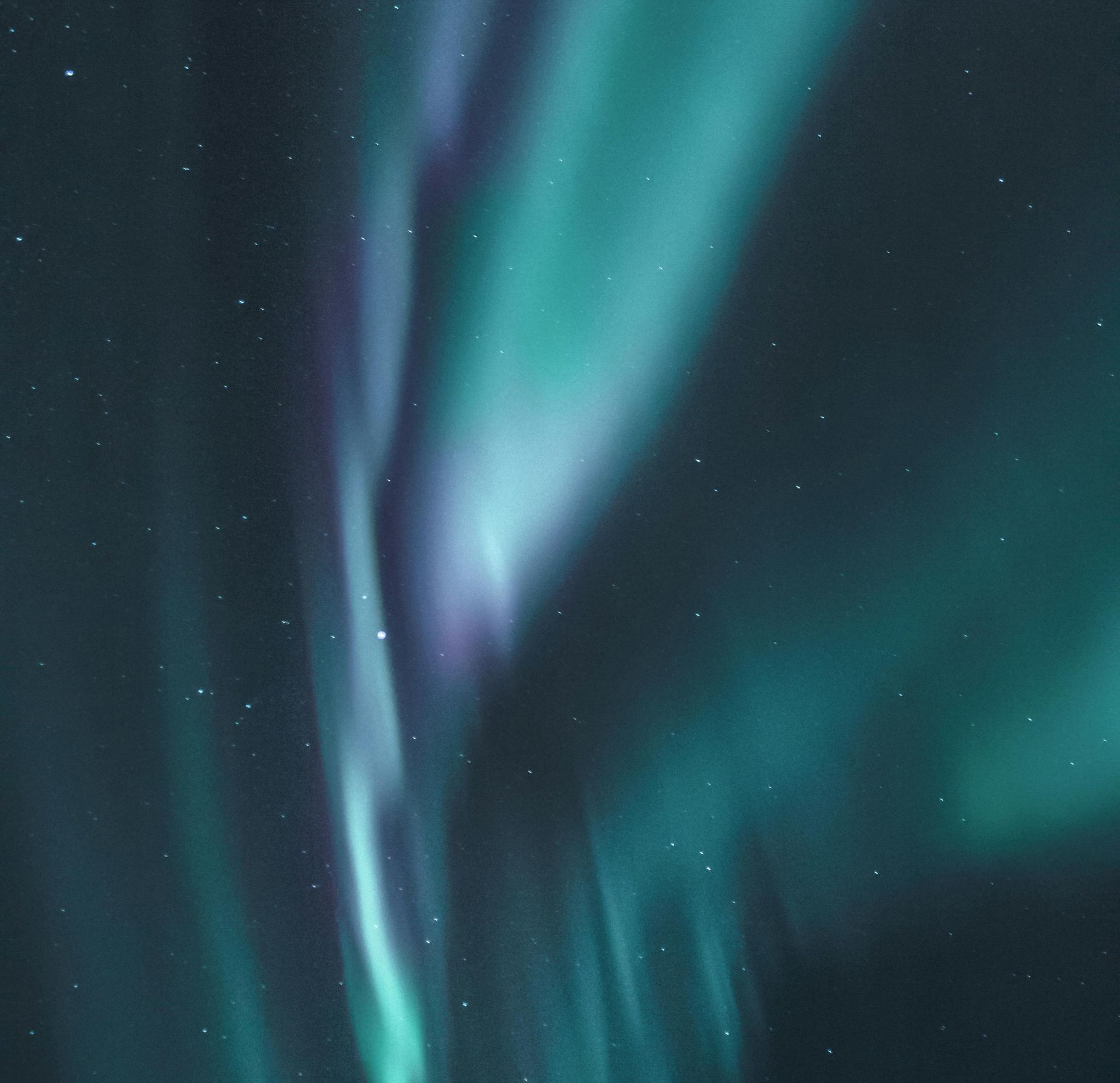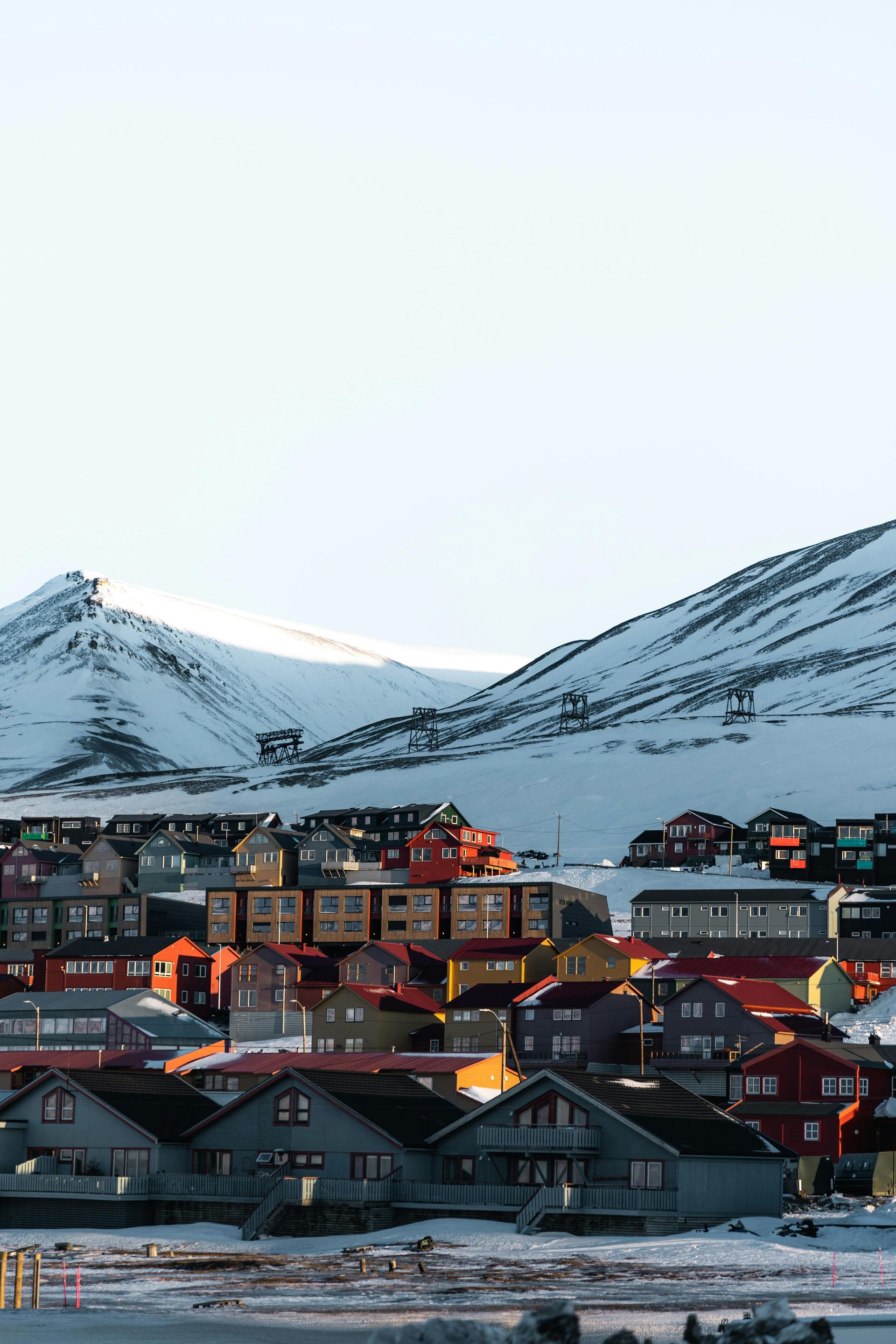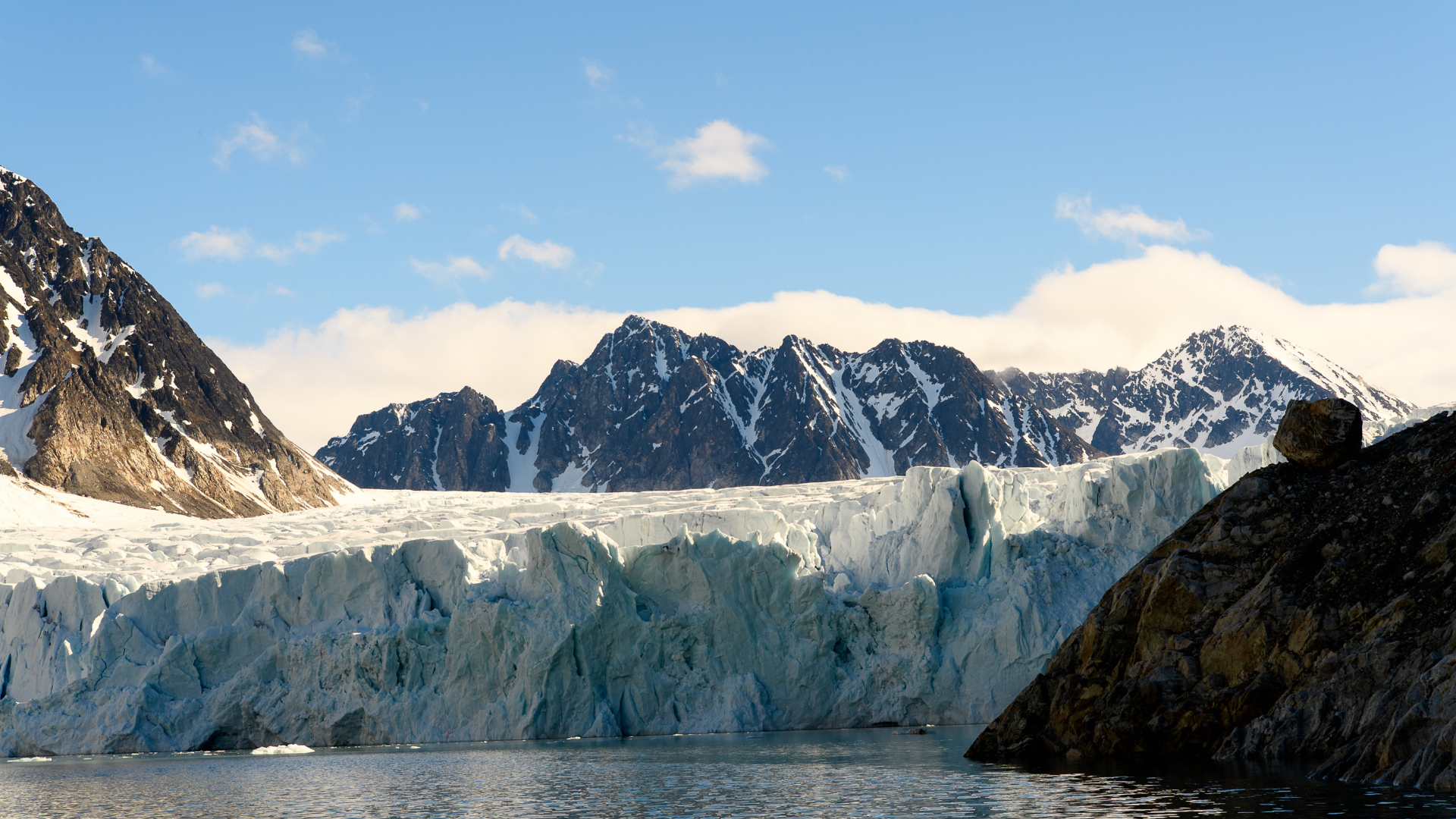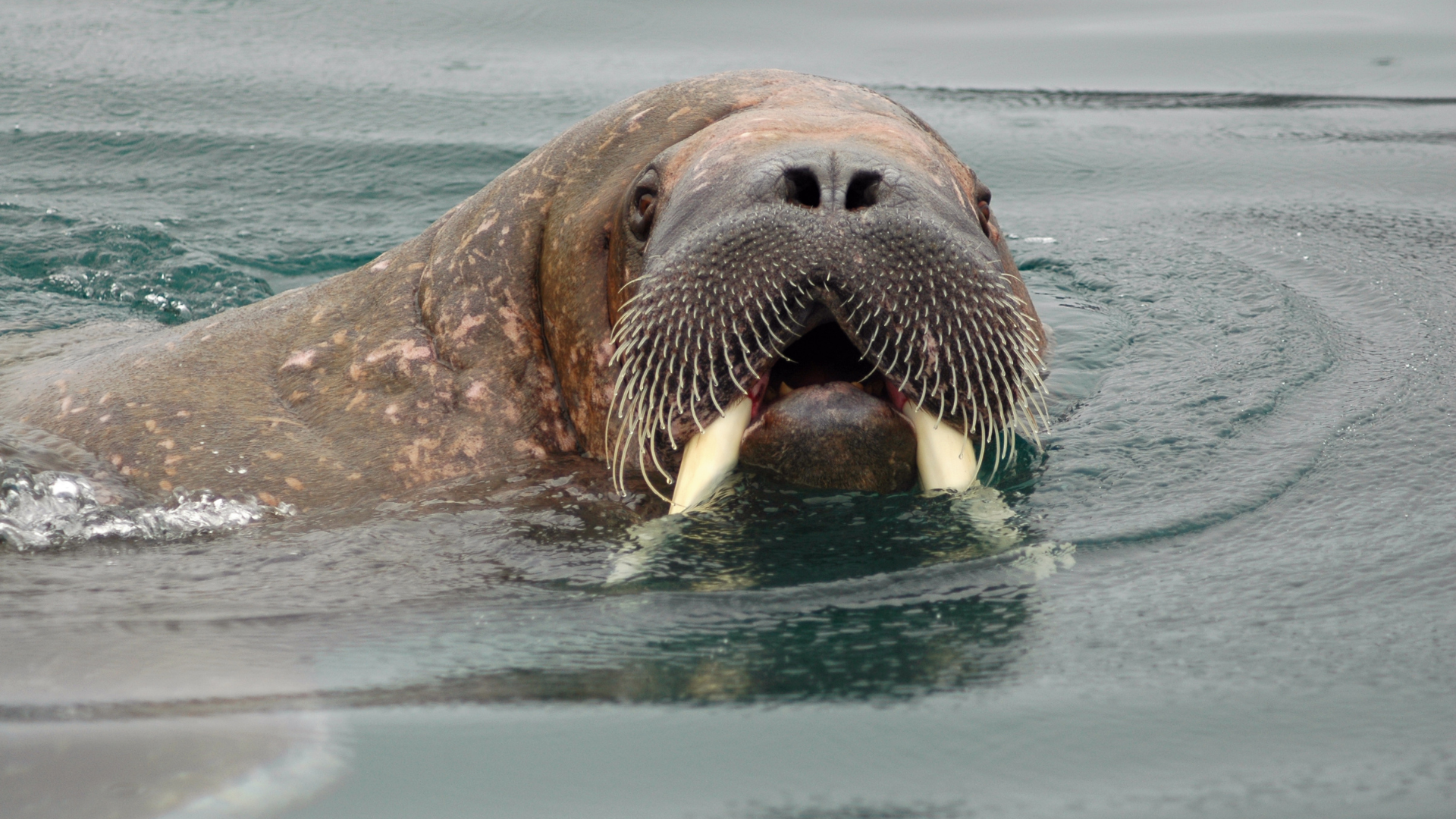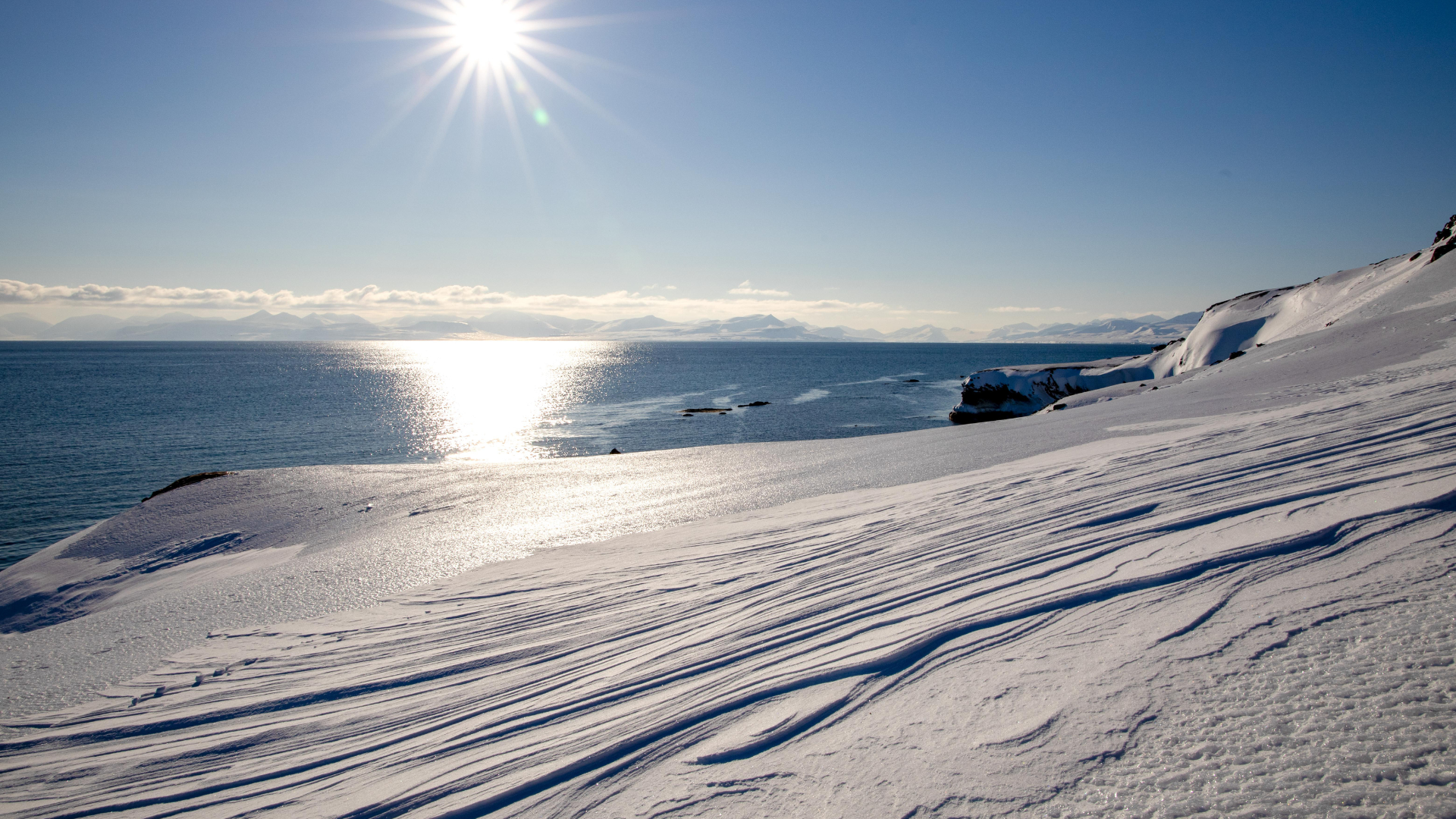Spitsbergen Best Trips for Wildlife in March
Spitsbergen Best Trips for Wildlife in March

March in Spitsbergen brings the return of more daylight, but winter still holds its icy grip on the Arctic wilderness. For wildlife enthusiasts, the longer days provide a greater opportunity to explore Spitsbergen's rugged landscapes in search of the iconic Arctic animals that call this region home. As the sun climbs higher each day, the stark beauty of Spitsbergen becomes more accessible, offering travelers unique experiences while observing wildlife in their natural habitat.
Polar bears remain a significant draw for visitors to Spitsbergen in March. These formidable predators are active throughout the year, and the increased daylight hours make spotting them more feasible. Snowmobile expeditions and guided tours along the ice edges are popular during this time, as these areas are prime hunting grounds for the bears. With the help of experienced local guides, travelers can increase their chances of safely encountering these magnificent creatures in the wild. Observing polar bears in their natural environment is one of the most awe-inspiring experiences for any wildlife lover.
Reindeer sightings are common during March, as these hardy animals continue to forage for food beneath the snow. Svalbard reindeer are a unique subspecies, smaller and more compact than mainland reindeer, and they have adapted exceptionally well to the harsh conditions. While they are generally less active in winter, reindeer can often be found grazing near settlements or wandering across the tundra. Their resilience and ability to survive in such extreme conditions are a testament to nature’s adaptability, and spotting them in the wild is a rewarding experience for visitors.
Birdwatchers will be excited to spot the Svalbard rock ptarmigan in March. These Arctic birds remain in the region throughout the winter and are well adapted to the cold. Their winter plumage remains white, providing excellent camouflage against the snow. Guided birdwatching tours or snowshoeing hikes into the wilderness offer the best opportunities to observe ptarmigans as they scurry across the landscape in search of food. The return of more daylight also means that other migratory birds will soon begin to arrive, signaling the start of the breeding season in the Arctic.
Seals are active around Spitsbergen in March, particularly ringed and bearded seals. These marine mammals are a vital part of the Arctic ecosystem, serving as the primary prey for polar bears. Seal-watching tours often combine snowmobile or dog sled excursions along the coastline, where seals can be spotted basking on ice floes or surfacing through breathing holes in the sea ice. The sight of seals lounging on the frozen landscape or diving into the icy waters is a captivating reminder of the region’s vibrant marine life.
Arctic foxes remain a fascinating species to observe during March. These small predators are well adapted to life in the Arctic, with thick fur and a keen sense of survival. Their white winter coats allow them to blend into the snowy landscape, making them difficult to spot. However, guided wildlife tracking tours can help visitors locate foxes as they search for food or scavenge near polar bear hunting grounds. Arctic foxes are resourceful and opportunistic, often seen following in the tracks of larger predators in hopes of finding scraps to eat.
Marine wildlife tours are still possible in March, despite the lingering ice. Some adventurous travelers take to the fjords on boat excursions, hoping to catch a glimpse of seals or even the rare sighting of a whale. While whale activity is limited during the winter months, orcas and humpback whales have been known to make occasional appearances. The stunning backdrop of Spitsbergen’s frozen waters and towering glaciers enhances the experience, making these tours a memorable part of any wildlife expedition.
March is also a time when travelers can experience the unique phenomenon of the Arctic twilight, with the sun rising higher in the sky each day. The soft light during this period creates an otherworldly glow across the snow-covered landscape, offering photographers and nature lovers unparalleled opportunities to capture the beauty of Spitsbergen’s wilderness. The combination of wildlife and stunning scenery makes March a fantastic time to visit for those seeking an authentic Arctic adventure.
As winter transitions toward spring, March in Spitsbergen offers a unique opportunity to witness Arctic wildlife in action. The return of daylight and the persistence of cold temperatures make this a prime month for observing polar bears, reindeer, seals, and more, all set against the backdrop of Spitsbergen’s breathtaking frozen landscapes.
